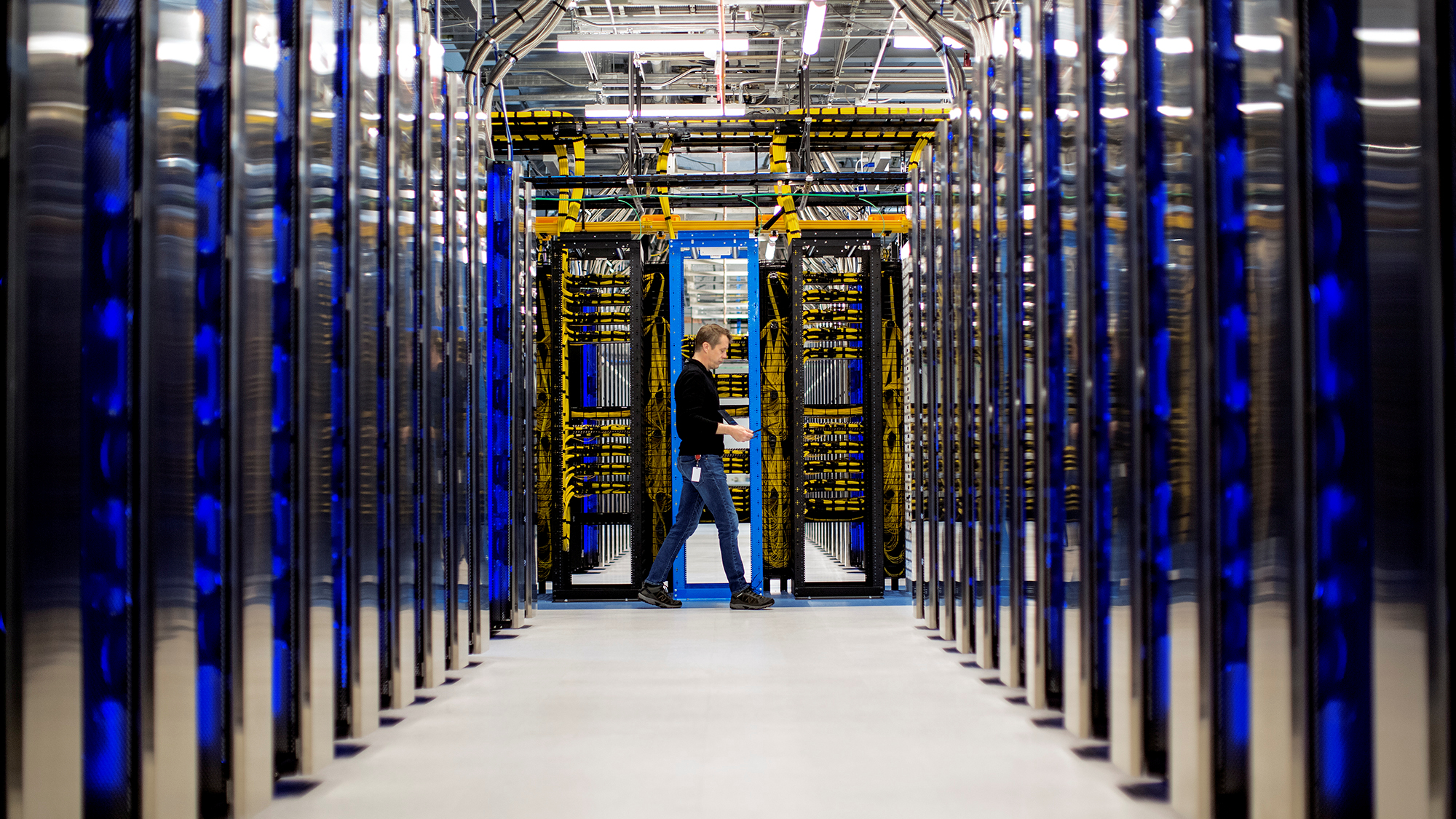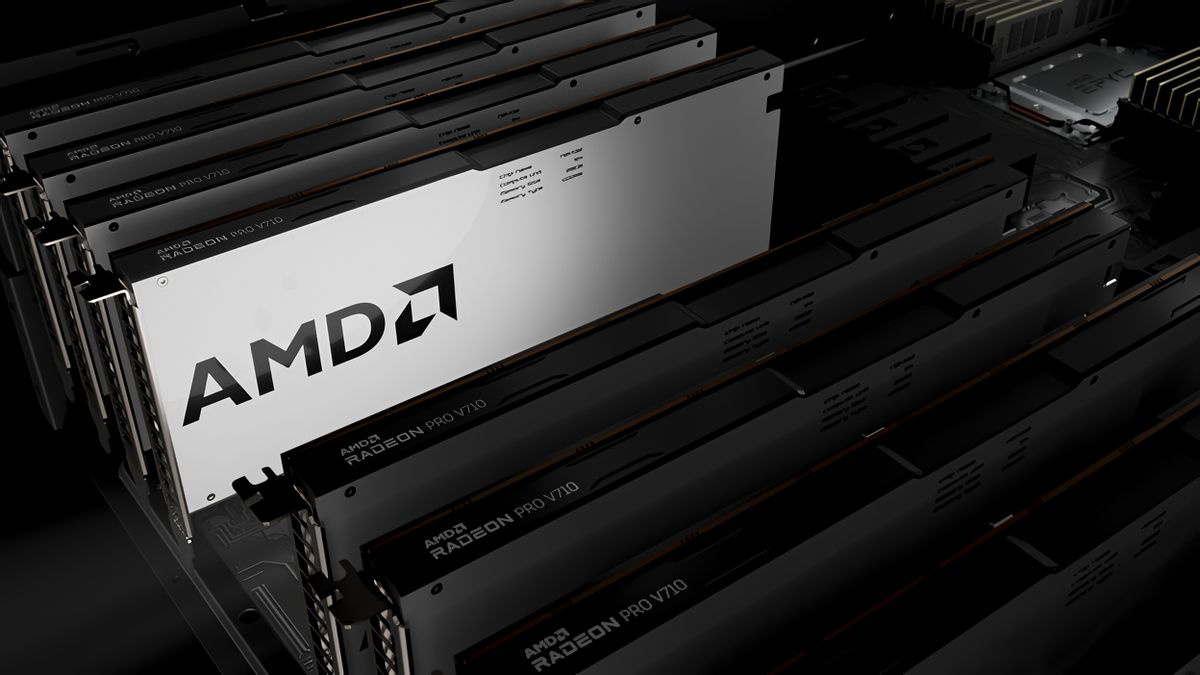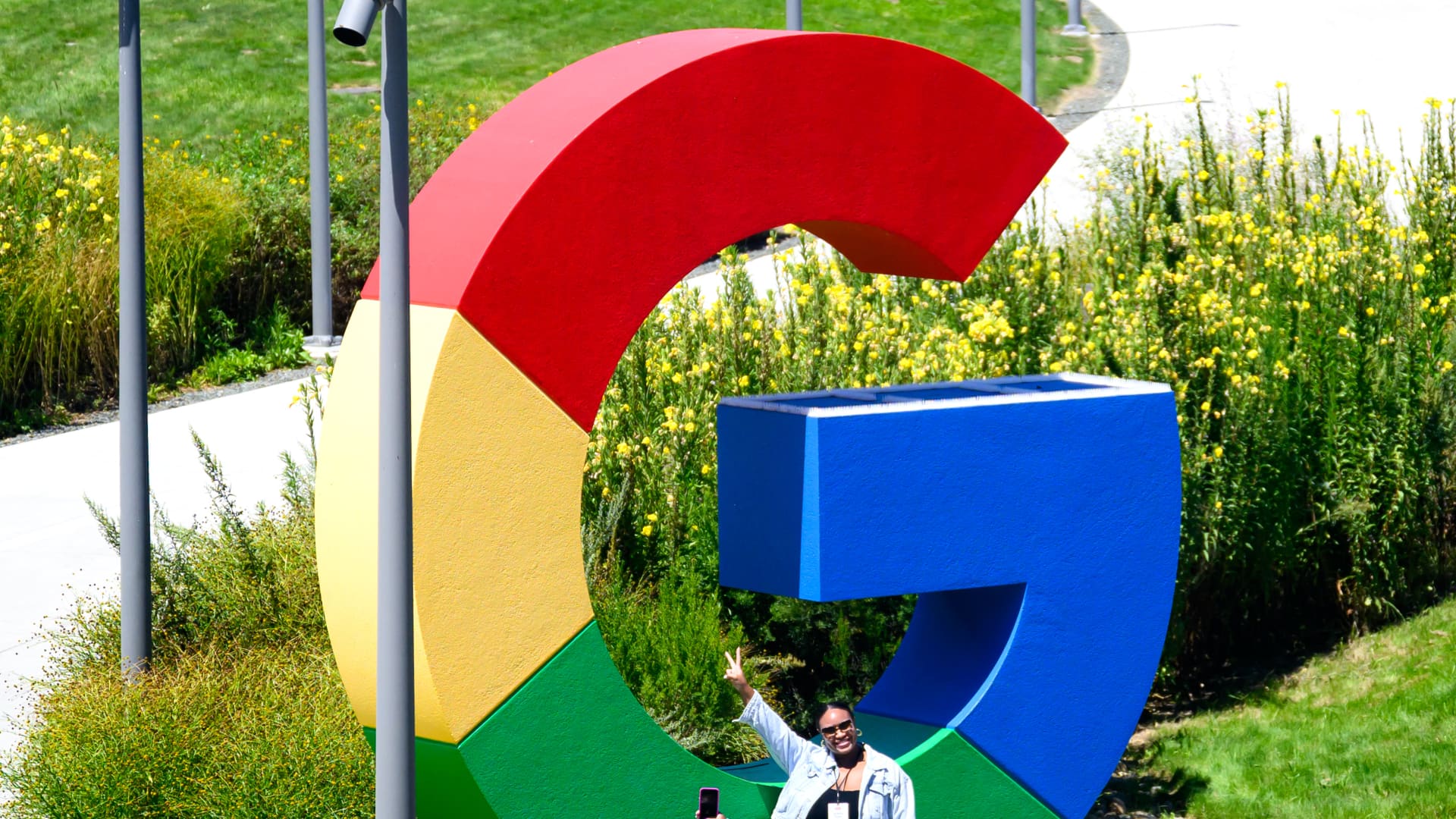Join our daily and weekly newsletters for the latest updates and exclusive content on industry-leading AI coverage. Learn More
The newly launched Swarm framework from developers at OpenAI is an experimental tool designed to orchestrate networks of AI agents, and it’s been making waves in the tech community. Unlike other multi-agent frameworks, Swarm aims to provide a blend of simplicity, flexibility and control that sets it apart. Although still in its early stages, Swarm offers a fresh take on agent collaboration, with core concepts like “routines” and “handoffs” to guide agents through collaborative tasks.
While Swarm is not an official OpenAI product nor is intended as a production-ready tool, it provides valuable insights into the potential of multi-agent systems in enterprise automation. Its key focus is on simplifying agent interactions, which is achieved through the Chat Completions API. This stateless design means agents do not retain memory between interactions, contributing to Swarm’s simplicity but limiting its use for complex decision-making tasks that require contextual memory.
Instead, developers need to implement their own memory solutions, which offer both challenges and opportunities for customization. This balance of simplicity and control is a major point of attraction for developers interested in learning about or building multi-agent orchestration systems.
A lightweight approach for developers
Swarm is distinct in its lightweight design, focusing on ease of understanding and implementation. This approach gives developers more granular control over execution steps and tool calls, making it easier to experiment with agent interactions and orchestrations. Compared to other frameworks like LangChain or CrewAI, Swarm’s stateless model is easier to grasp, which makes it accessible for those who are new to multi-agent systems.
However, the lack of built-in memory management is a noted limitation. To achieve more sophisticated agent behavior, developers must implement external memory solutions. Despite this, Swarm’s emphasis on transparency and modularity has been praised for enabling developers to tailor agent behaviors and extend the framework based on their needs
Guiding collaboration with routines and handoffs
At the heart of Swarm are the concepts of “routines” and “handoffs,” which are mechanisms designed to help agents carry out collaborative tasks in an organized manner. A routine is a set of instructions that agents follow to complete specific actions, while handoffs allow for seamless transitions between agents, each specializing in particular functions.
This structured approach to agent interactions allows developers to create dynamic, multi-step processes where tasks are handled by the agent best suited for each step. Examples include customer service systems where triage agents manage initial contact before passing on specific queries to agents specialized in sales, support or refunds. This adaptability makes Swarm particularly useful for building applications that require multiple, specialized capabilities to work together.
Addressing limitations: The role of state and memory
Despite its promising features, Swarm’s lack of internal support for state and memory limits its effectiveness in complex decision-making based on past interactions. For instance, in a sales scenario, a stateful system would allow agents to track customer history across interactions—a capability that Swarm, in its current form, does not provide.
The release of Swarm has also sparked ethical discussions about its potential impact on the workforce and the broader implications of AI-driven automation. While Swarm aims to make sophisticated multi-agent systems more accessible, its capability to replace human tasks raises concerns about job displacement and fairness. Security experts have also highlighted the need for robust safeguards to prevent misuse or malfunction within these autonomous agent networks.
However, the decision to open-source Swarm has created an opportunity for community-driven development, potentially leading to novel uses and improvements. As developers experiment with Swarm, they contribute to the growing understanding of how multi-agent orchestration can be leveraged to solve real-world problems, particularly in enterprise environments where automation can drive efficiency and allow human workers to focus on more strategic initiatives.
VB Daily
Stay in the know! Get the latest news in your inbox daily
By subscribing, you agree to VentureBeat’s Terms of Service.
Thanks for subscribing. Check out more VB newsletters here.
An error occured.









































































































































You must be logged in to post a comment Login